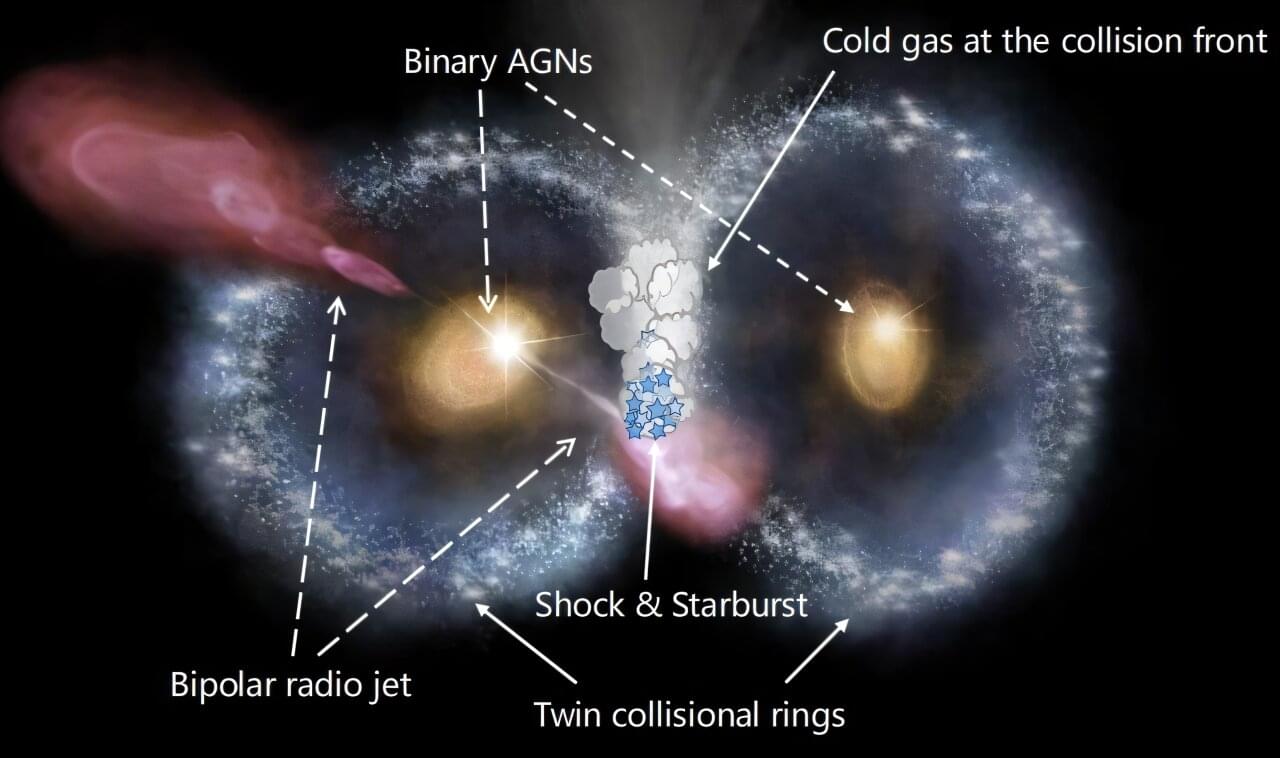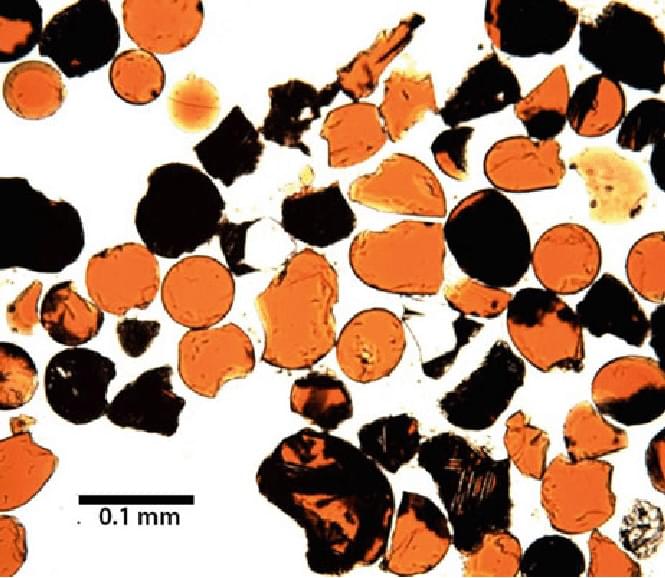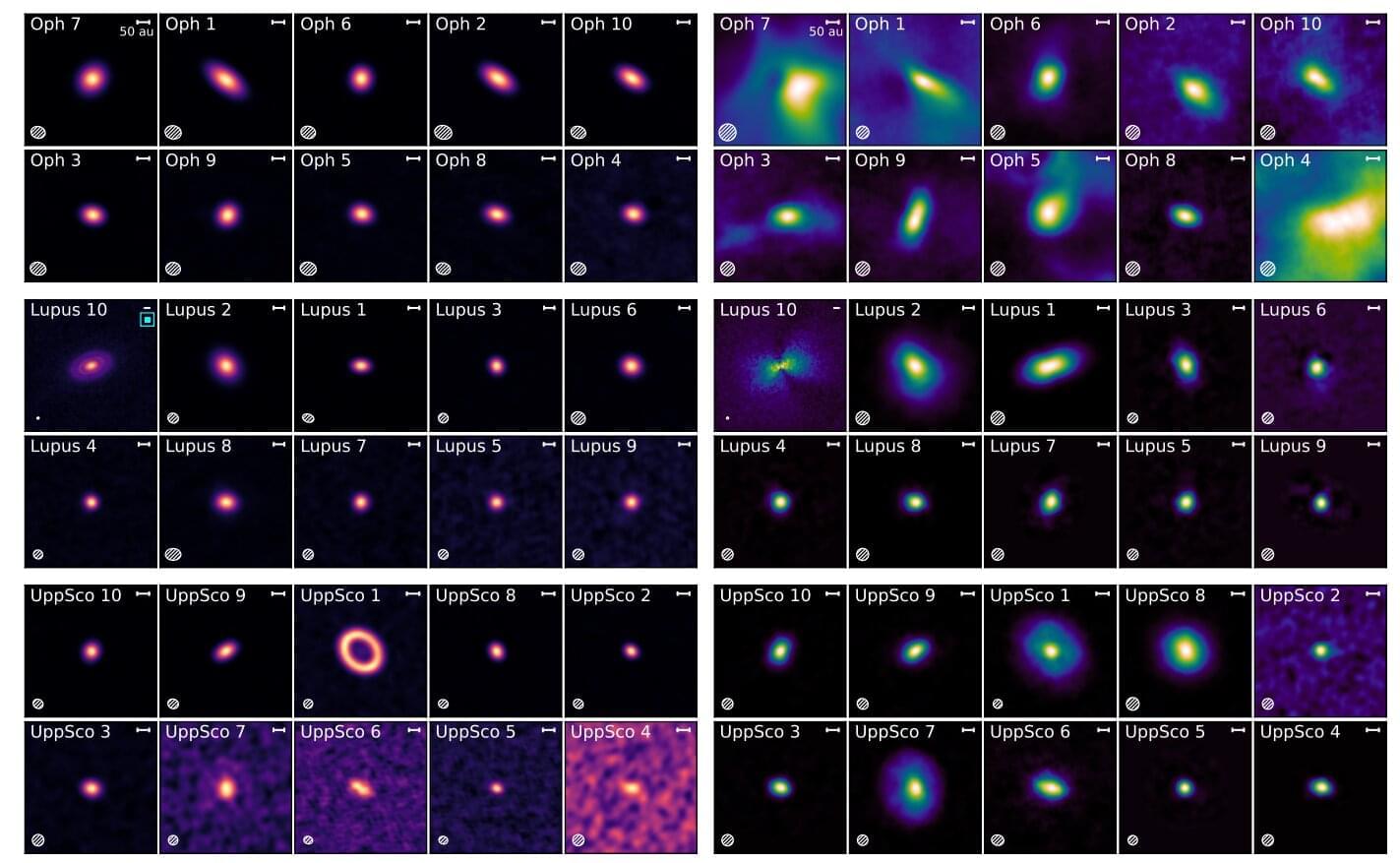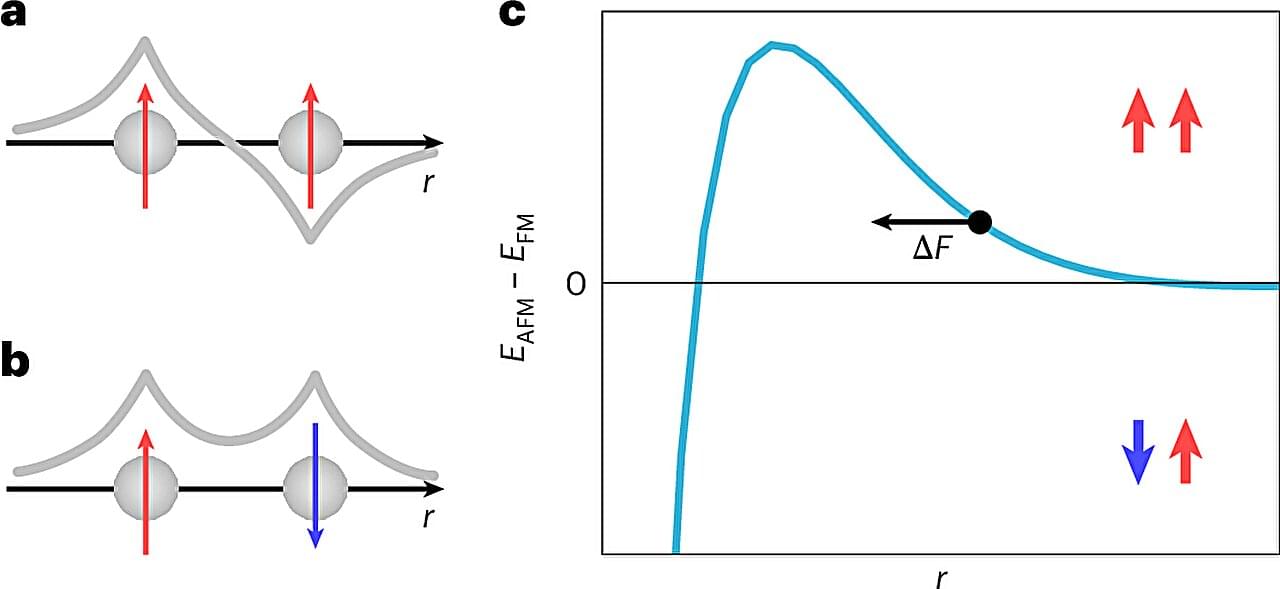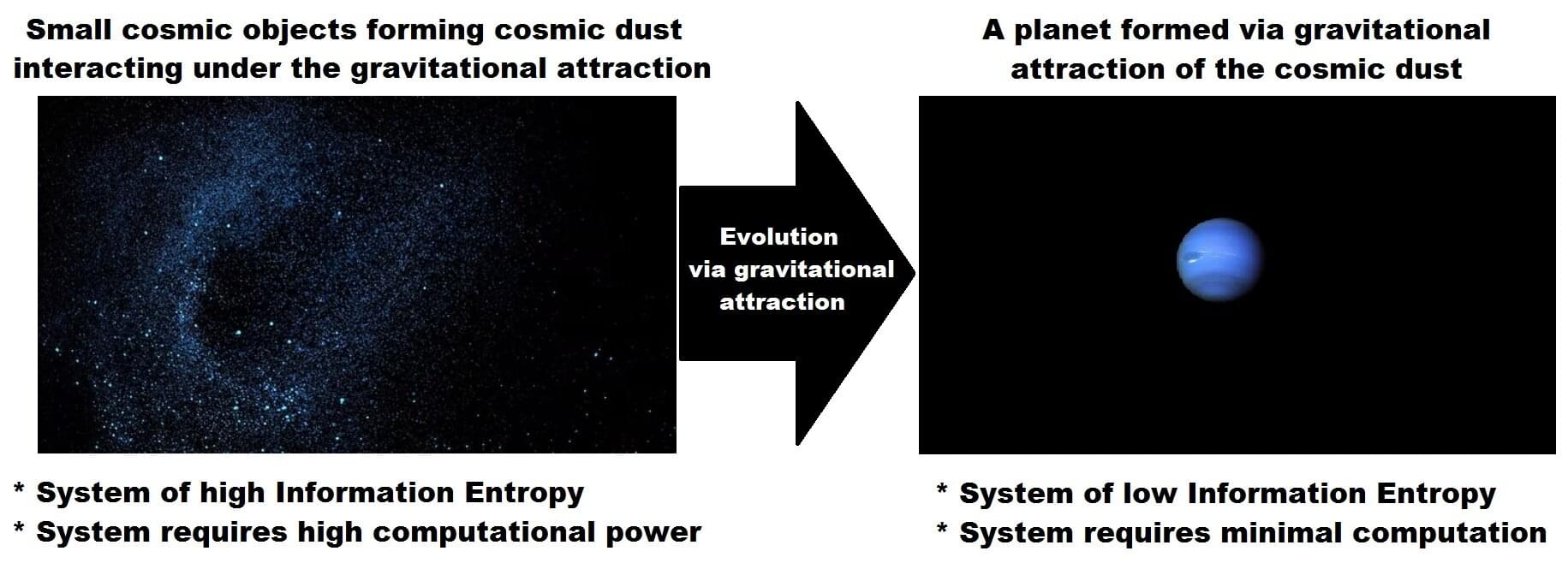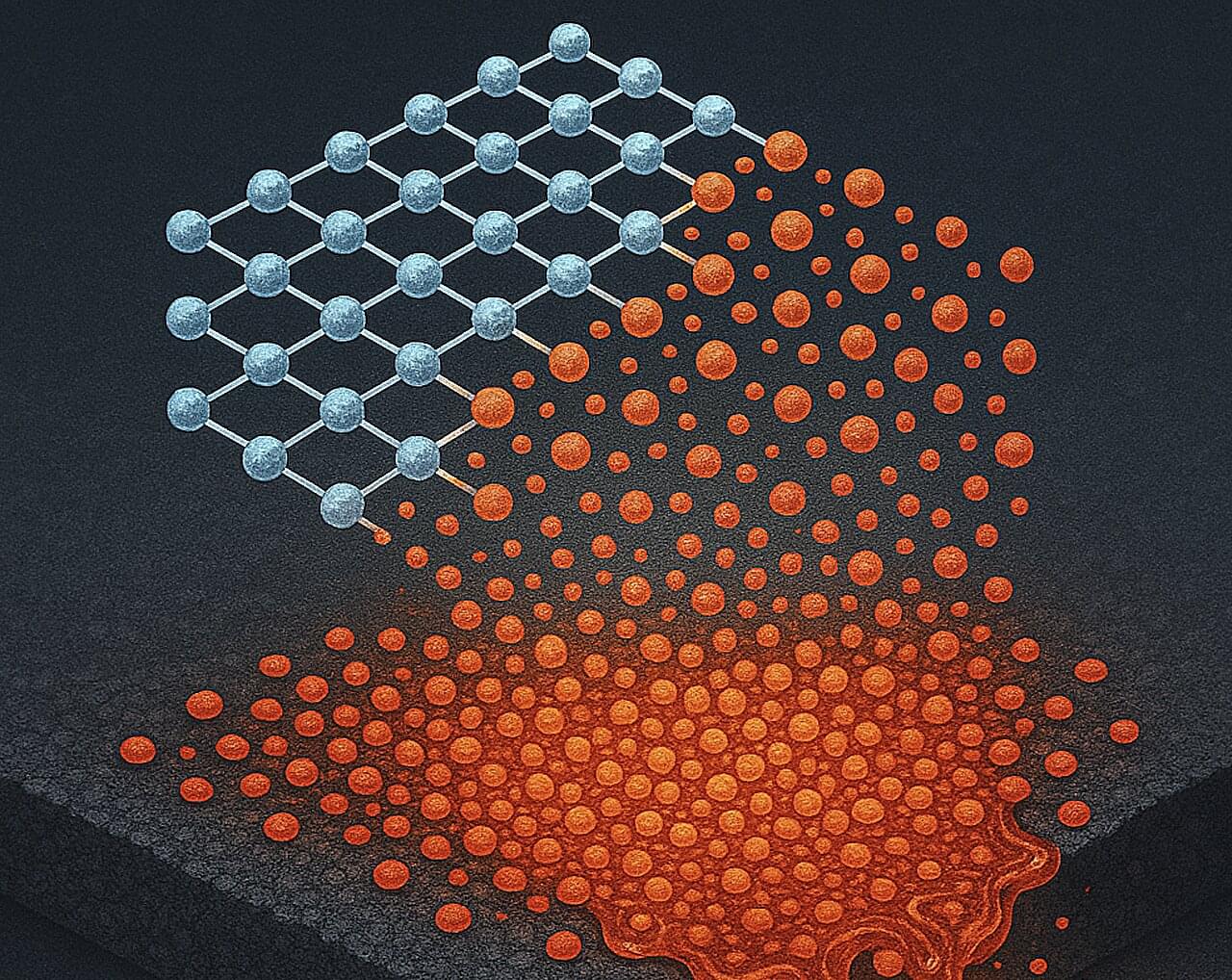An international team of astronomers reports the detection of a peculiar merger of two similar ring galaxies that morphologically resemble an owl’s face. The discovery of this galaxy merger, dubbed the “Cosmic Owl,” is presented in a research paper published June 11 on the arXiv preprint server.
Galaxy mergers play a crucial role in the evolution of galaxies. These events redistribute the gas around galaxies, impact the stellar kinematics, transform galaxy morphology, and eventually lead to effective stellar mass assembly.
Some galaxy mergers lead to the formation of collisional ring galaxies (CRGs), which are relatively rare as only a few hundred of them have been detected in the local universe. Rings in such galaxies are created when one galaxy passes directly through the disk of another in a nearly head-on collision, causing gas and stars to be shocked outward into a circular or near-circular pattern.
